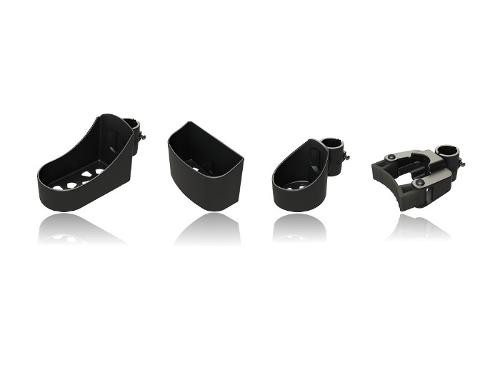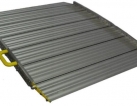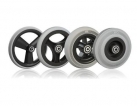Holders and clamps for walking aids
Germany, Berlin Land, Berlin - view exact locationCategory
Product Information
Order volume from: On request
Delivery terms: Pickup
Description
Electrically conductive wheels and antistatic wheels and castors are essential components in a wide range of industries. They find application in diverse settings, including medical engineering, electrical and semi-conductor industries, automotive industry, hospitals, pharmaceuticals, and chemical industrial sectors. The primary purpose of these wheels and castors is to provide protection against electrostatic discharge.
In environments where electrostatic discharge poses a risk, such as those involving sensitive goods or operators, the use of electrically conductive wheels and antistatic wheels and castors is crucial. These transport units effectively mitigate the generation and transmission of electrostatic discharge, ensuring the safety of personnel and the integrity of the transported goods.
From preventing potential damage to delicate electronic components in the electrical and semi-conductor industries to safeguarding sensitive medical equipment in hospitals, these specialized wheels and castors play a vital role. Similarly, in the automotive industry, where electrostatic discharge can disrupt the proper functioning of electronic systems, the use of electrically conductive wheels and antistatic wheels and castors is paramount.
Moreover, industries like pharmaceuticals and chemical sectors, where safety and precision are of utmost importance, rely on these wheels and castors to provide reliable protection against electrostatic discharge. By utilizing electrically conductive wheels and antistatic wheels and castors, companies in these sectors minimize the risk of damaging sensitive materials and ensure the overall safety of their operations.
In summary, electrically conductive wheels and antistatic wheels and castors find widespread use in a variety of industrial settings, where protection against electrostatic discharge is critical. Their application ranges from medical engineering and electrical industries to automotive industry, hospitals, pharmaceuticals, and chemical industrial sectors, offering enhanced safety and preventing potential damage caused by electrostatic discharge.

 Business
Business











